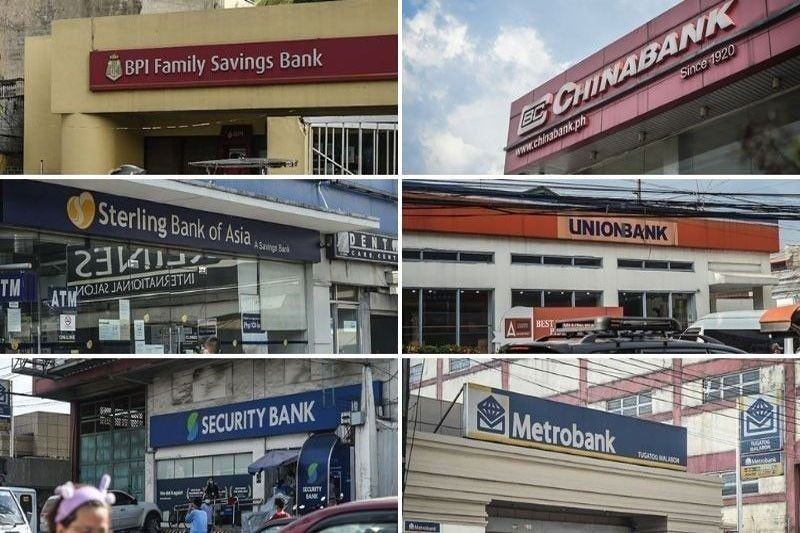Banks’ bad debt ratio highest in 23 months

MANILA, Philippines — Burdened by the higher-for-longer interest rate environment, bank borrowers’ paying capacity has deteriorated significantly, causing the non-performing loan (NPL) ratio of Philippine banks to rise for the second straight month to a 23-month high of 3.57 percent in May from 3.45 percent in April, data from the Bangko Sentral ng Pilipinas (BSP) showed.
This was the highest gross NPL ratio since the 3.60 percent posted in June 2022 and was above the 3.46 percent recorded in the same month a year ago.
“The system’s NPLs have been increasing since May 2023 on the back of a high interest rate environment, which has affected bank borrowers’ paying capacity,” the BSP said in its latest report on the trends of the Philippine financial system.
Despite rising NPL levels, banks continue to improve their credit risk management practices and utilize credit risk mitigants to manage the rise in their NPLs, the central bank said.
NPLs or bad debts refer to past due loan accounts where the principal or interest is unpaid for 90 days or more after the due date.
Based on central bank data, soured loans amounted to P495.67 billion in May, 13.6 percent higher than the P436.12 billion booked in the same month last year.
The industry’s loan book, on the other hand, climbed by 10.3 percent to P13.9 trillion from P12.6 trillion a year-ago.
Past due loans, or loans left unsettled beyond payment date, climbed by 15.8 percent to P608.07 billion from P525.11 billion for a past due ratio of 4.38 percent.
Meanwhile, restructured loans declined by 4.6 percent to P295.89 billion from P310.29 billion for a restructured loan ratio of 2.13 percent.
Amid the rising soured loans and past due loans, banks beefed up their loan loss reserves by 6.9 percent to P474.88 billion in May from P444.03 billion in the same month a year ago.
This translated to a loan loss reserve level of 3.42 percent and an NPL coverage ratio of 95.81 percent.
The NPL ratio for universal and commercial banks stood at 3.26 percent in May, higher than the 3.15 percent in April. It also marked the highest since the 3.38 percent in May 2022.
Meanwhile, the NPL ratio of thrift or mid-sized banks rose to 6.99 percent in May from 6.66 percent in April, while the ratio for rural banks rose to 7.49 percent from 7.29 percent.
Digital banks also recorded an NPL ratio of 20.64 percent in May, up from 17.69 percent in April.
To tame inflation and stabilize the peso, the BSP raised key policy rates by 450 basis points from May 2022. The tightening cycle ended with a surprise 25-basis-point hike delivered in October 2023.
During the BSP’s latest policy review in June, the Monetary Board decided to keep its benchmark interest rate at 6.5 percent, the highest in 17 years. The central bank’s next policy review is scheduled on Aug. 15
The banking industry’s NPL ratio stood at 3.24 percent at end-2023, slightly higher than 3.16 percent as of end-2022.
The ratio peaked at 4.51 percent in July and August 2021, at the height of the COVID-19 pandemic.
- Latest
- Trending





























